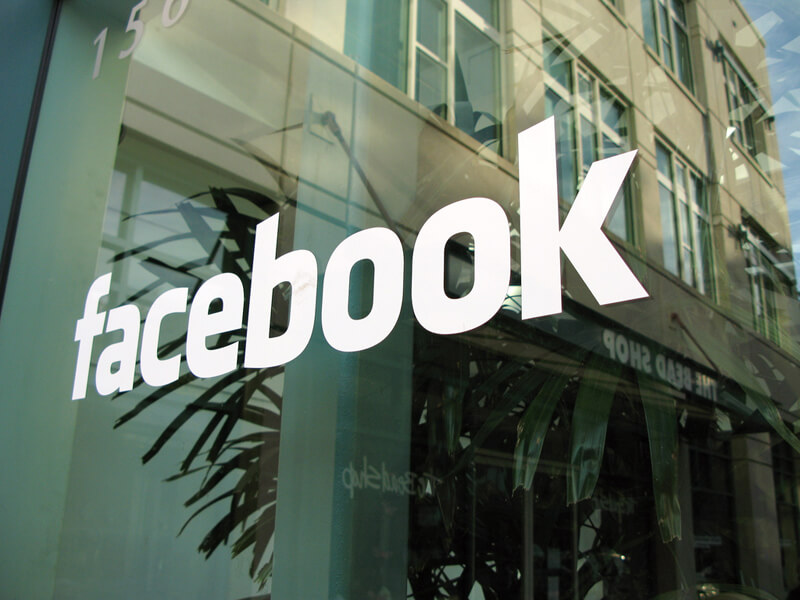Facebook accidentally launched a new app and Snapchat competitor this week. Does this further demonstrate Facebook’s determination to dismantle its key app into a range of standalone apps, despite user concerns?
Have you heard of the new app that everybody’s talking about? It’s called Slingshot and it’s the new Snapchat. But it’s not supposed to be; not yet anyway. Today, Facebook accidentally launched a new app, clearly aimed at competing with toast-of-the-town messaging app Snapchat.
Snapchat allows users to swiftly share photos and videos, complete with drawings and captions with their contacts list. As for Slingshot, well, it went live on the iPhone App Store earlier this week in just a few countries before it was taken down by Facebook. The new app allowed users to quickly share photos, and videos, complete with drawings and captions, which all seemed very familiar.
A Facebook spokesperson has since said that the app was “accidentally” released, before adding that its full release would be “soon”.
The appearance on the App Store also came with some screenshots, which demonstrated similarities to Snapchat. However, it differs in that users have to ‘sling’ a ‘shot’ back to a user that sends them an image before they can view that message.
Messaging competitors
Of course, this whole thing is a very different strategy to Facebook’s previous approach to its messaging competitors. Earlier this year Facebook acquired WhatsApp in a deal worth $19 billion. It also follows the social network’s recent treatment of its own chat/messaging proposition. Over the last few weeks Facebook has prompted users to install its Messenger app to handle their messages. Shortly after access to messages within the Facebook app was halted, leading users to uproar.
The current version of the Messenger app currently holds a 1-star rating in the app store, with users leaving reviews that complain about the unnecessary secondary app, and that its standalone existence only serves to boost Facebook’s position in the messaging app world.
However, this development does match an overall move towards multiple and dedicated standalone apps for Facebook, which could potentially reach more users, and more importantly, provide more ad platforms. Those users may not be happy with Facebook’s approach to Slingshot, though, as shown through the compulsory use of installing Messenger to view Facebook messages within an app, coercing users into replying to messages on Slingshot before being able to view the content might not be the best approach. Though this could be the reason Facebook opted for what feels very much like a ‘soft launch’ for Slingshot.
Facebook has a long history with Snapchat, having reportedly offered $3 billion for its acquisition in 2013. Before that, Facebook had another potentially competing app – Poke – which was quietly put to bed last in May this year, but it seems that they’re not ready to give up yet.
Let’s see if Slingshot can fare better.


